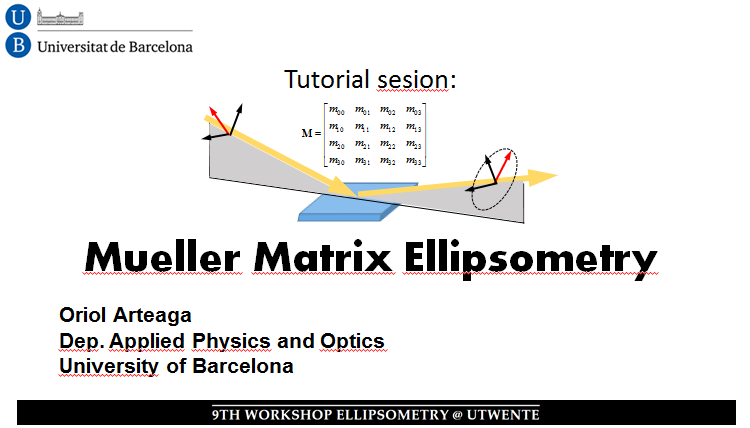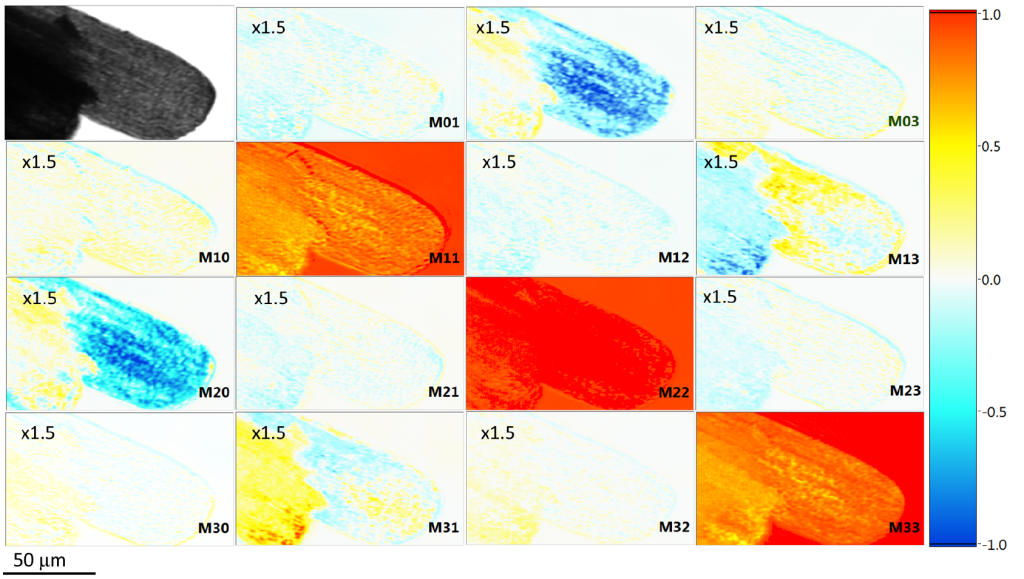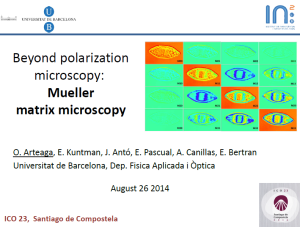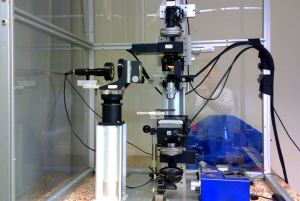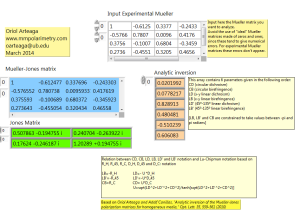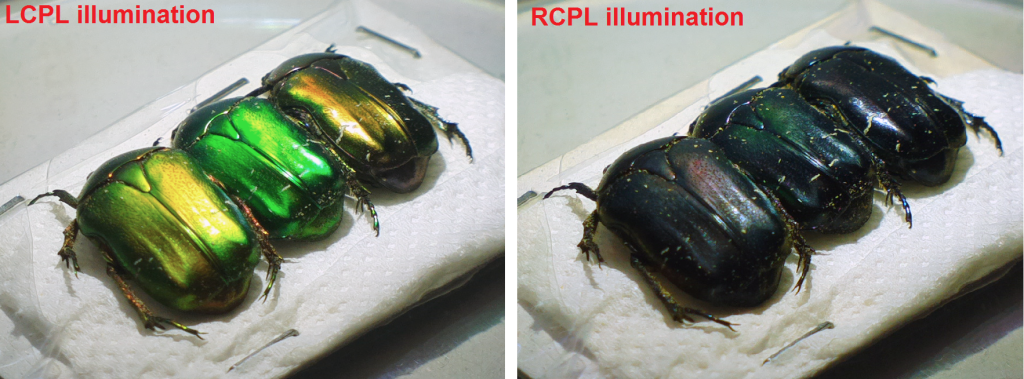When I was a PhD student I remember I often wondered why circular dichroism (CD) was measured only in transmission. At that time I was already familiar with ellipsometry measurements (in reflection) that are typically used to determine the dielectric function of materials and I did not understand why optical activity, arguably also a optical property of material, seemed to manifest transmission but not in reflection.
It took me some more time to realize that all was a mater of scale. I learned that optical activity can (in some occasions) have some effect on the specular reflection of light onto a surface but, this effect, was too subtle to be “seen”. The literature about this topic was very scarce, and this question was only properly analyzed in several helpful papers published by Mark P. Silverman in the 80s and 90s.
Last year I had the intuition that I would be able to sense optical activity in reflection if I chosed the adequate material and had the right instrument (I had it!). I discovered that this suitable material should have a large optical activity (this is not too surprising!) but also have a very anisotropic gyration (i. e. with its values changing a lot with the orientation). This is why I started measurements on a AgGaS2 crystal. All these steps eventually ended in this recently published paper: O. Arteaga, “Spectroscopic sensing of reflection optical activity in achiral AgGaS2,” Opt. Lett. 40, 4277-4280 (2015).
This measurement is more than an anecdotal verification of an idea because it proved to be also practical. It allowed the study of optical activity in spectral regions that cannot be studied in transmission.

